Home>Home Appliances>Laundry Appliances>How To Load A Washing Machine
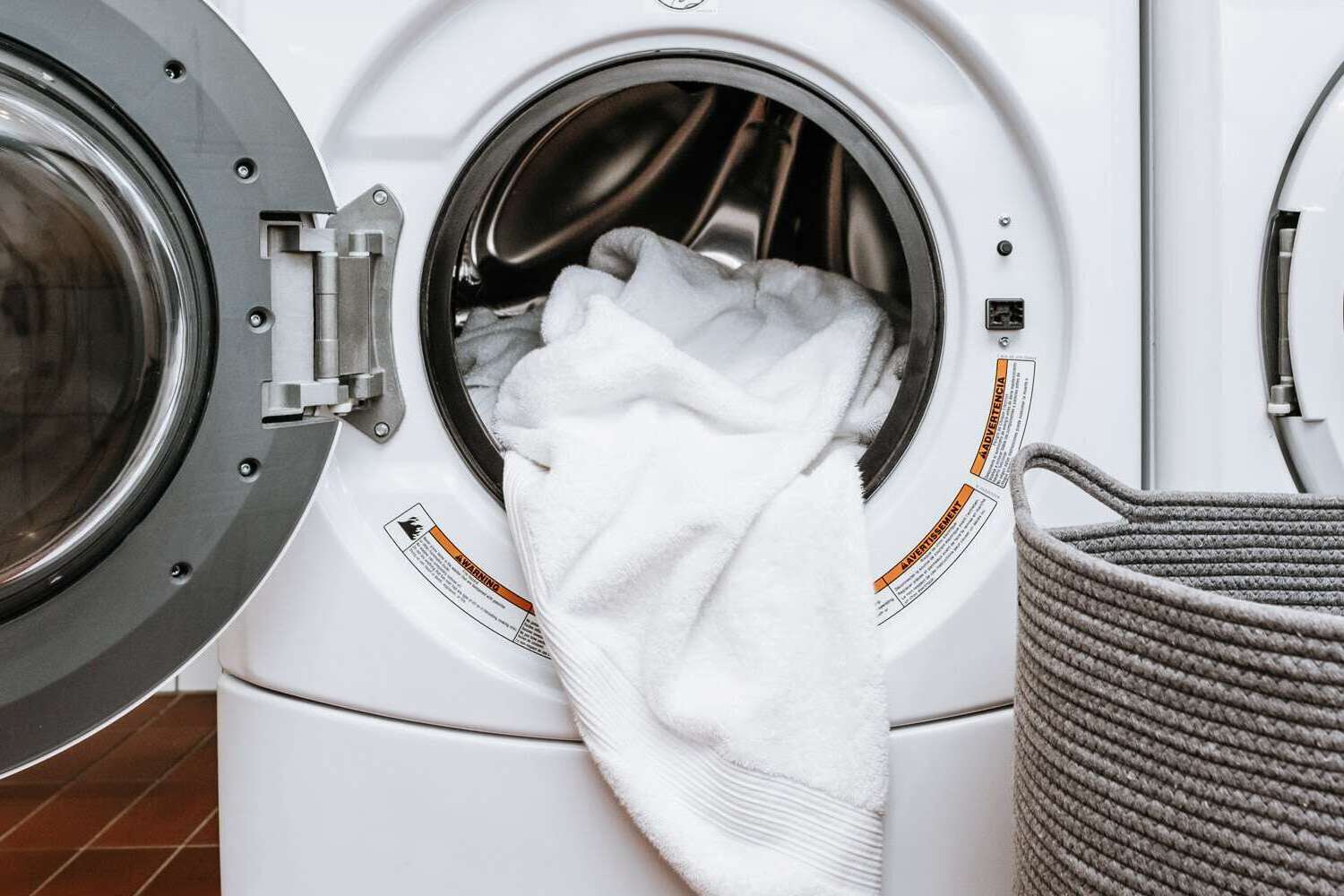

Laundry Appliances
How To Load A Washing Machine
Published: February 21, 2024
Learn the best way to load a washing machine for optimal cleaning and efficiency. Get expert tips for using laundry appliances effectively.
(Many of the links in this article redirect to a specific reviewed product. Your purchase of these products through affiliate links helps to generate commission for Storables.com, at no extra cost. Learn more)
Preparing the Laundry
Before diving into the process of loading a washing machine, it's essential to prepare the laundry properly. This step sets the stage for a successful and efficient washing cycle, ensuring that your clothes come out clean and fresh. Here's how to prepare your laundry like a pro:
-
Check the Laundry Labels: Begin by carefully examining the labels on your clothing items. These labels provide valuable information regarding the fabric type, recommended washing temperature, and any special care instructions. By heeding these guidelines, you can prevent accidental damage to your garments and prolong their lifespan.
-
Empty Pockets: It's a common scenario – you toss a load of laundry into the machine, only to discover forgotten items in the pockets after the cycle has begun. Spare yourself the hassle by thoroughly checking and emptying the pockets of all clothing items. This simple step prevents potential damage to both the garments and the washing machine.
-
Turn Garments Inside Out: To maintain the vibrancy and integrity of your clothing, consider turning them inside out before placing them in the washing machine. This practice helps protect the outer surfaces of the fabric, particularly for items with delicate prints or embellishments.
-
Remove Stains and Pre-Treat: For heavily soiled or stained garments, it's beneficial to address the stains before loading them into the washing machine. Pre-treating stains with a suitable stain remover or detergent can significantly improve the chances of successful stain removal during the wash cycle.
-
Unfold and Untangle: Take a moment to unfold any bunched-up clothing items and untangle twisted garments. This simple act ensures that each piece of clothing can be thoroughly cleaned and rinsed during the washing process, preventing the formation of soap residue in folds and creases.
By following these preparatory steps, you set the stage for a seamless and effective laundry loading process. With your laundry expertly prepared, you're now ready to move on to the next steps of loading the washing machine and achieving spotless results.
Key Takeaways:
- Prepare your laundry like a pro by checking labels, emptying pockets, turning garments inside out, pre-treating stains, and unfolding and untangling clothes for a successful and efficient washing cycle.
- Carefully select the right detergent and fabric softener, avoid overuse, consider eco-friendly options, and add them with precision to achieve clean, soft, and pleasantly scented laundry.
Read more: How To Load Top Load Washer Without Agitator
Adding Detergent and Fabric Softener
Once your laundry is prepped and ready, the next crucial step in the laundry process is adding the appropriate detergent and fabric softener to the washing machine. This step is pivotal in ensuring that your clothes emerge from the wash cycle not only clean but also soft and pleasantly scented. Here's how to expertly handle this stage of the laundry process:
-
Selecting the Right Detergent: The type of detergent you choose plays a significant role in the cleanliness and longevity of your clothing. For standard laundry loads, a high-quality, all-purpose liquid detergent is often the go-to choice. However, for specific fabrics or heavily soiled items, specialized detergents such as those designed for delicate fabrics or stain removal may be necessary. It's essential to follow the manufacturer's guidelines regarding the recommended amount of detergent based on the load size and soil level.
-
Adding Fabric Softener: Fabric softener is a game-changer when it comes to achieving soft, static-free clothing. When using a liquid fabric softener, it's important to pour it into the designated compartment in the washing machine before starting the cycle. For those who prefer dryer sheets, these can be added at the beginning of the drying process. Fabric softener not only imparts a pleasant fragrance to your laundry but also helps reduce wrinkles and makes clothes easier to iron.
-
Avoiding Overuse: While it may be tempting to pour in extra detergent or fabric softener, it's crucial to resist this urge. Overusing these products can lead to soap residue buildup on clothing, potentially causing skin irritation and reducing the absorbency of towels and other fabrics. Additionally, excessive fabric softener can leave a greasy film on clothing, diminishing their appearance and comfort.
-
Considering Eco-Friendly Options: For those who prioritize environmental sustainability, there are eco-friendly detergent and fabric softener options available. These products are formulated to be gentle on the environment while still effectively cleaning and softening laundry. By opting for eco-friendly choices, you can contribute to reducing your ecological footprint without compromising on the cleanliness and freshness of your clothing.
By carefully adding the appropriate amount of detergent and fabric softener, you set the stage for a successful washing cycle that leaves your laundry clean, soft, and pleasantly scented. This crucial step, when executed with precision, ensures that your clothing emerges from the washing machine in optimal condition, ready to be dried and put away.
Sorting Clothes by Color and Fabric
Sorting clothes before loading them into the washing machine is a fundamental practice that can significantly impact the longevity and vibrancy of your garments. By organizing your laundry based on color and fabric type, you can prevent color bleeding, fabric damage, and maintain the overall quality of your clothing. Here's a detailed look at the importance of sorting clothes by color and fabric, along with essential tips for this crucial step in the laundry process.
Importance of Sorting
Sorting clothes by color is essential to prevent color transfer during the wash cycle. Mixing light-colored garments with dark or brightly colored items can result in color bleeding, causing light clothes to become tinged with unwanted hues. By separating your laundry into distinct color groups, you can safeguard the original vibrancy of each garment, ensuring that they retain their intended colors wash after wash.
Additionally, sorting clothes by fabric type is equally crucial. Different fabrics require specific care to maintain their integrity. For instance, delicate fabrics such as silk and lace necessitate gentle washing, while sturdier materials like denim and cotton can withstand more robust washing cycles. By sorting clothes based on fabric type, you can tailor the washing process to suit the needs of each garment, thereby prolonging their lifespan and preserving their quality.
Tips for Effective Sorting
-
Separate Whites and Colors: Begin by dividing your laundry into two primary categories: whites and colors. This clear division minimizes the risk of color bleeding and ensures that your white garments remain bright and untarnished.
-
Sort by Fabric Weight: Consider sorting clothes based on fabric weight, as heavier items like towels and denim may require a separate wash cycle to ensure thorough cleaning. Lighter fabrics such as silk and lace should be washed together to prevent damage from heavier items.
-
Use Mesh Laundry Bags: Delicate items such as lingerie, hosiery, and embellished garments benefit from being placed in mesh laundry bags before washing. This extra layer of protection shields delicate fabrics from friction and potential damage during the washing process.
-
Pre-Treat Stained Items: Before sorting, identify and pre-treat any heavily soiled or stained garments. This proactive approach increases the likelihood of successful stain removal during the wash cycle, ensuring that your clothes emerge spotless and fresh.
By meticulously sorting your clothes based on color and fabric type, you pave the way for a successful and efficient washing cycle. This thoughtful approach to laundry care not only preserves the quality and appearance of your clothing but also minimizes the risk of potential damage, allowing you to enjoy your favorite garments for years to come.
Read more: How To Load A Top Load Washer
Loading the Washing Machine
With the laundry expertly prepared and the detergent and fabric softener added, the next pivotal step in the laundry process is loading the washing machine. This step requires careful consideration to ensure that the garments are arranged in a manner that promotes thorough cleaning while preventing tangling and potential damage. Here's a detailed guide on how to expertly load your washing machine for optimal results.
Consider Load Size and Distribution
Before loading the washing machine, it's essential to assess the size of the laundry load. Overloading the machine can hinder the effectiveness of the wash cycle, leading to inadequate cleaning and potential strain on the appliance. Conversely, an underloaded machine may result in excessive spinning and unbalanced cycles. Striking the right balance is key to achieving optimal cleaning results.
When loading the machine, distribute the laundry evenly to prevent imbalance during the spin cycle. This even distribution minimizes the risk of the machine vibrating excessively or producing loud, disruptive noises during operation. Additionally, it promotes thorough cleaning by allowing the detergent and water to reach all items in the load.
Mindful Garment Placement
Careful garment placement is crucial to ensure that each item receives the full benefits of the wash cycle. Begin by placing larger and heavier items such as towels and jeans at the bottom of the machine. This foundation provides stability and prevents lighter items from becoming trapped underneath during the wash cycle.
Next, add lighter garments such as t-shirts, blouses, and delicates on top of the heavier items. Be mindful of zippers, buttons, and other fastenings that could potentially snag or cause damage to more delicate fabrics. Placing these items in mesh laundry bags can provide an extra layer of protection, especially for lingerie, hosiery, and embellished garments.
Loading Order for Optimal Results
To maximize the effectiveness of the wash cycle, consider the loading order of different types of clothing. For instance, it's advisable to group similar items together, such as separating towels from clothing to prevent lint transfer. Additionally, avoid overstuffing the machine with large items, as this can impede the circulation of water and detergent, leading to inadequate cleaning.
By following these guidelines for loading the washing machine, you set the stage for a successful and efficient wash cycle. This thoughtful approach not only ensures thorough cleaning but also minimizes the risk of tangling, damage, and unbalanced operation. With the machine expertly loaded, you're now ready to select the appropriate wash cycle and commence the cleaning process.
Selecting the Wash Cycle
The process of selecting the appropriate wash cycle is a crucial step in ensuring that your laundry receives the optimal treatment for cleanliness and fabric care. Modern washing machines offer a variety of wash cycles, each designed to cater to specific fabric types, soil levels, and garment requirements. By understanding the available wash cycle options and their respective benefits, you can make informed decisions that enhance the effectiveness of the cleaning process.
Understanding Wash Cycle Options
-
Normal/Cotton Cycle: This standard cycle is suitable for everyday laundry, including cotton and linen items. It typically involves a longer wash time with vigorous agitation to effectively remove dirt and stains from sturdy fabrics.
-
Delicate/Gentle Cycle: Designed for delicate fabrics such as silk, lace, and lingerie, this cycle employs a gentle washing action to prevent damage to sensitive materials. It often incorporates shorter wash times and reduced agitation to safeguard the integrity of delicate garments.
-
Quick Wash Cycle: Ideal for lightly soiled items that require a rapid cleaning solution, the quick wash cycle offers a shortened wash time while maintaining effective cleaning results. This option is convenient for refreshing lightly worn clothing in a time-efficient manner.
-
Heavy Duty Cycle: Suited for heavily soiled items, such as workwear or heavily stained garments, the heavy-duty cycle delivers robust cleaning power with extended wash times and vigorous agitation. It effectively tackles tough stains and soil buildup on durable fabrics.
-
Permanent Press Cycle: Tailored for wrinkle-resistant fabrics and garments prone to wrinkling, the permanent press cycle incorporates gentle agitation and reduced spin speeds to minimize wrinkles and creases, ensuring that clothing emerges with a smooth, polished appearance.
Factors to Consider
When selecting the wash cycle, several factors should be taken into account to optimize the cleaning process:
-
Fabric Type: Consider the fabric composition of the laundry load and choose a wash cycle that aligns with the specific care requirements of the materials. Delicate fabrics necessitate gentle cycles, while sturdier fabrics may benefit from standard or heavy-duty options.
-
Soil Level: Assess the level of soil and stains on the clothing items. For heavily soiled garments, opting for a longer or more intensive wash cycle can enhance the removal of dirt and grime, while lightly soiled items may suffice with a quick wash cycle.
-
Garment Care Labels: Refer to the care labels on clothing items to determine the recommended washing instructions. These labels often provide valuable guidance on the suitable wash cycle, water temperature, and any special care considerations for the garments.
Customized Settings and Options
Many modern washing machines offer customizable settings within each wash cycle, allowing users to tailor the cleaning process to specific preferences and requirements. These settings may include options for water temperature, spin speed, pre-soak functions, and extra rinse cycles, providing flexibility to address individual laundry needs effectively.
By carefully considering the fabric type, soil level, and garment care instructions, you can confidently select the most appropriate wash cycle for your laundry load. This thoughtful approach ensures that each item receives the tailored treatment it deserves, resulting in clean, fresh, and well-maintained clothing after the wash cycle is complete.
Read more: How To Balance Front Load Washer
Starting the Washing Machine
Once the laundry is expertly prepared, the detergent and fabric softener are added, and the appropriate wash cycle is selected, it's time to initiate the washing machine. This pivotal step sets the cleaning process in motion, marking the transition from preparation to action. Here's a detailed guide on how to effectively start the washing machine for a seamless and efficient laundry experience.
Initiating the Wash Cycle
-
Load Verification: Before starting the washing machine, it's essential to double-check that the laundry load is evenly distributed within the drum. This verification ensures that the machine operates smoothly without excessive vibrations or imbalances during the wash cycle.
-
Door or Lid Closure: Ensure that the washing machine's door or lid is securely closed before initiating the wash cycle. This step prevents water leakage and promotes the safe and efficient operation of the appliance throughout the cleaning process.
-
Cycle Activation: Depending on the specific model of the washing machine, activate the chosen wash cycle by selecting the appropriate settings and pressing the start button. Some machines may offer additional options such as pre-wash, extra rinse, or delayed start, allowing users to customize the cleaning process based on individual preferences and laundry requirements.
Water and Detergent Dispensation
-
Water Inflow: Upon initiating the wash cycle, the washing machine begins to fill with water, adhering to the predetermined water level based on the selected cycle and load size. This initial phase sets the stage for the thorough saturation of the laundry load, preparing the garments for the cleansing action of the detergent.
-
Detergent Dispensation: As the water fills the machine, the detergent and fabric softener, if applicable, are dispensed into the drum or designated compartments. The precise amount of detergent is crucial, as it directly impacts the cleaning efficacy and the prevention of soap residue buildup on clothing.
Monitoring and Adjustment
-
Observation: While the washing machine is in operation, it's advisable to monitor the initial stages of the wash cycle to ensure that the machine functions as expected. This observation allows for prompt adjustments in the event of any irregularities or issues, such as unbalanced loads or unusual noises.
-
Cycle Progress: Throughout the wash cycle, keep an eye on the machine's progress indicator, if available, to track the elapsed time and remaining duration. This monitoring enables efficient time management and facilitates the seamless transition to the subsequent steps of the laundry process, such as drying and folding.
By following these detailed steps for starting the washing machine, you set the stage for a successful and efficient wash cycle. This meticulous approach ensures that the laundry receives the optimal treatment, resulting in clean, fresh, and well-maintained clothing ready to be dried and put away.
Frequently Asked Questions about How To Load A Washing Machine
Was this page helpful?
At Storables.com, we guarantee accurate and reliable information. Our content, validated by Expert Board Contributors, is crafted following stringent Editorial Policies. We're committed to providing you with well-researched, expert-backed insights for all your informational needs.


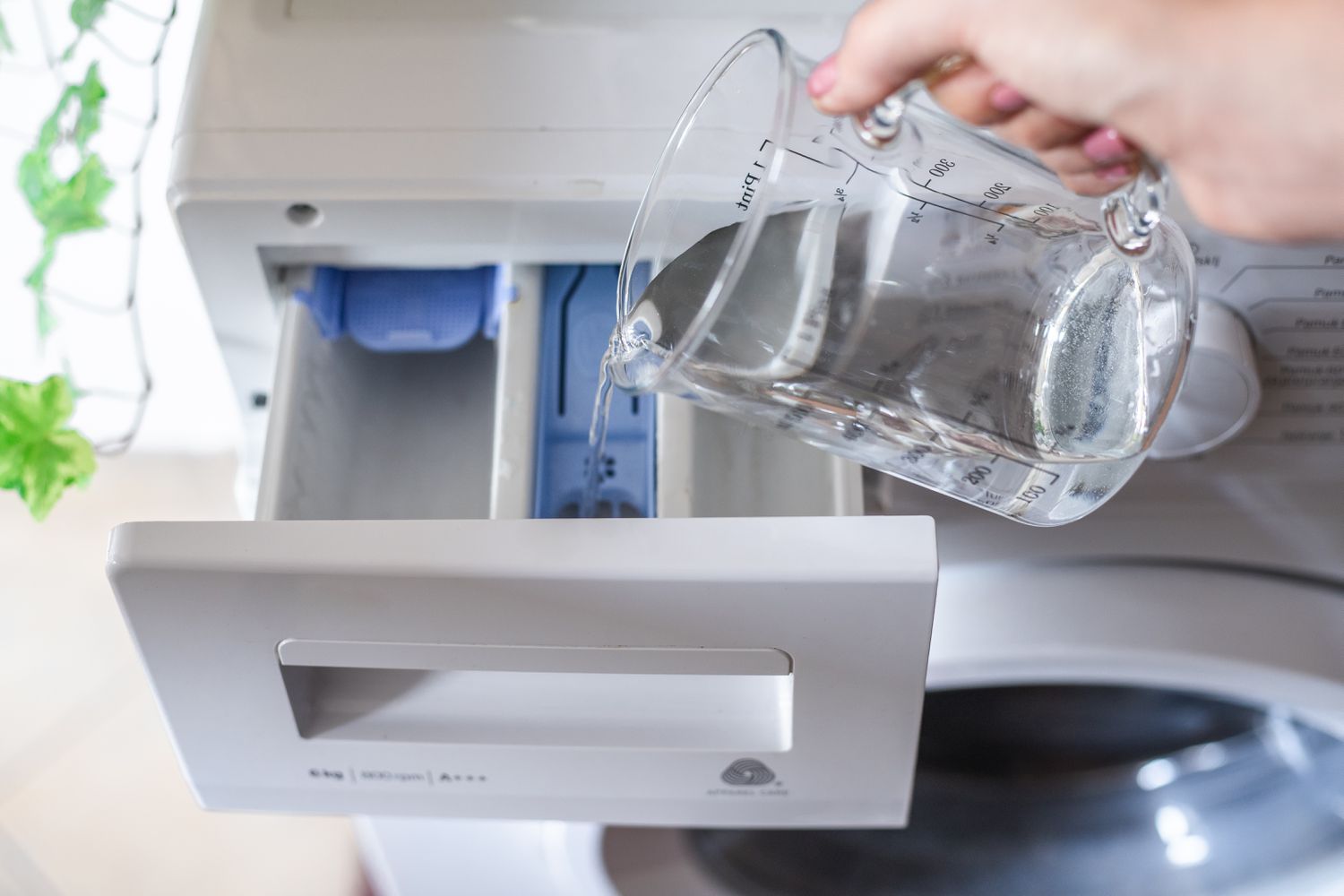
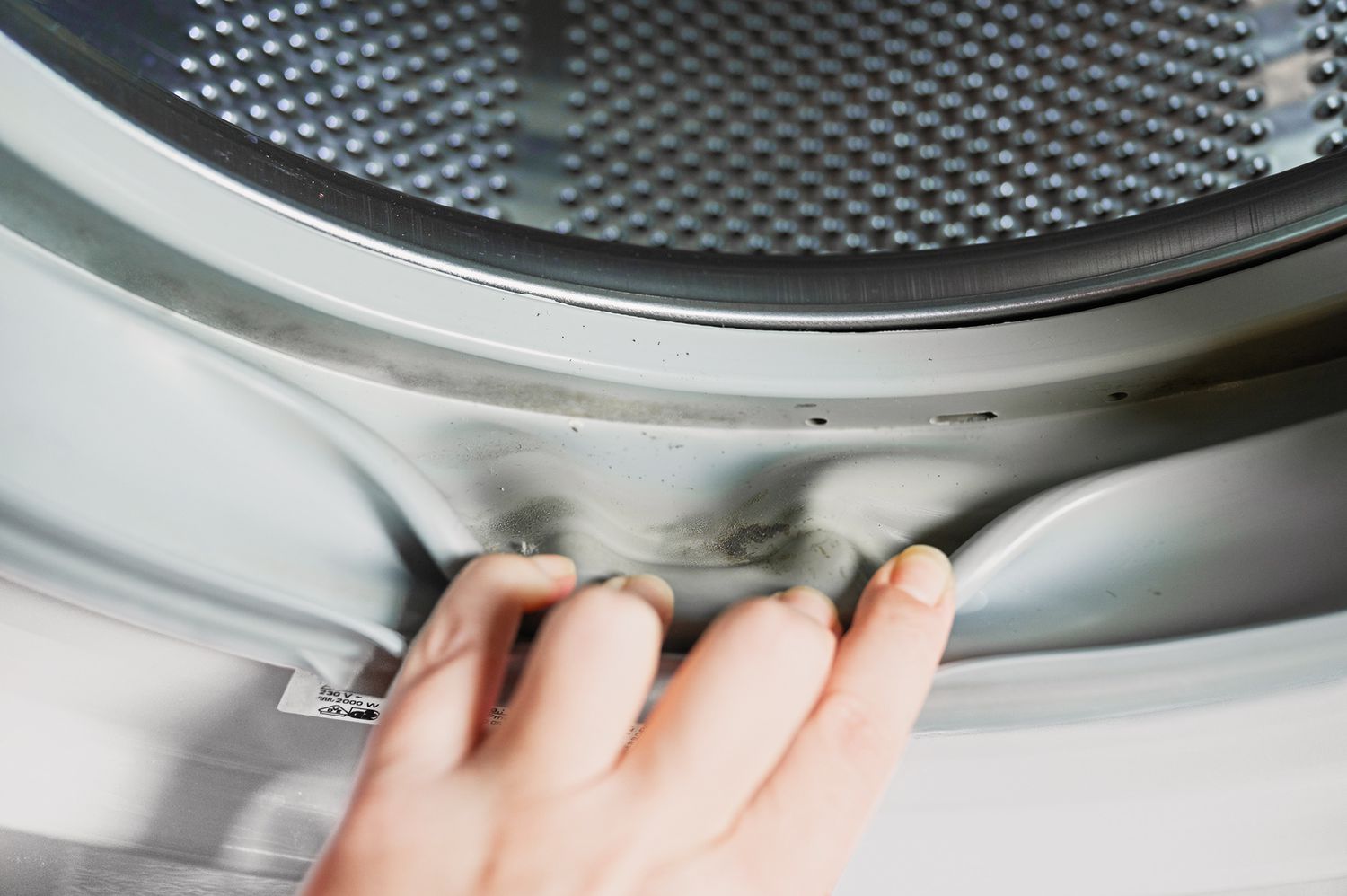
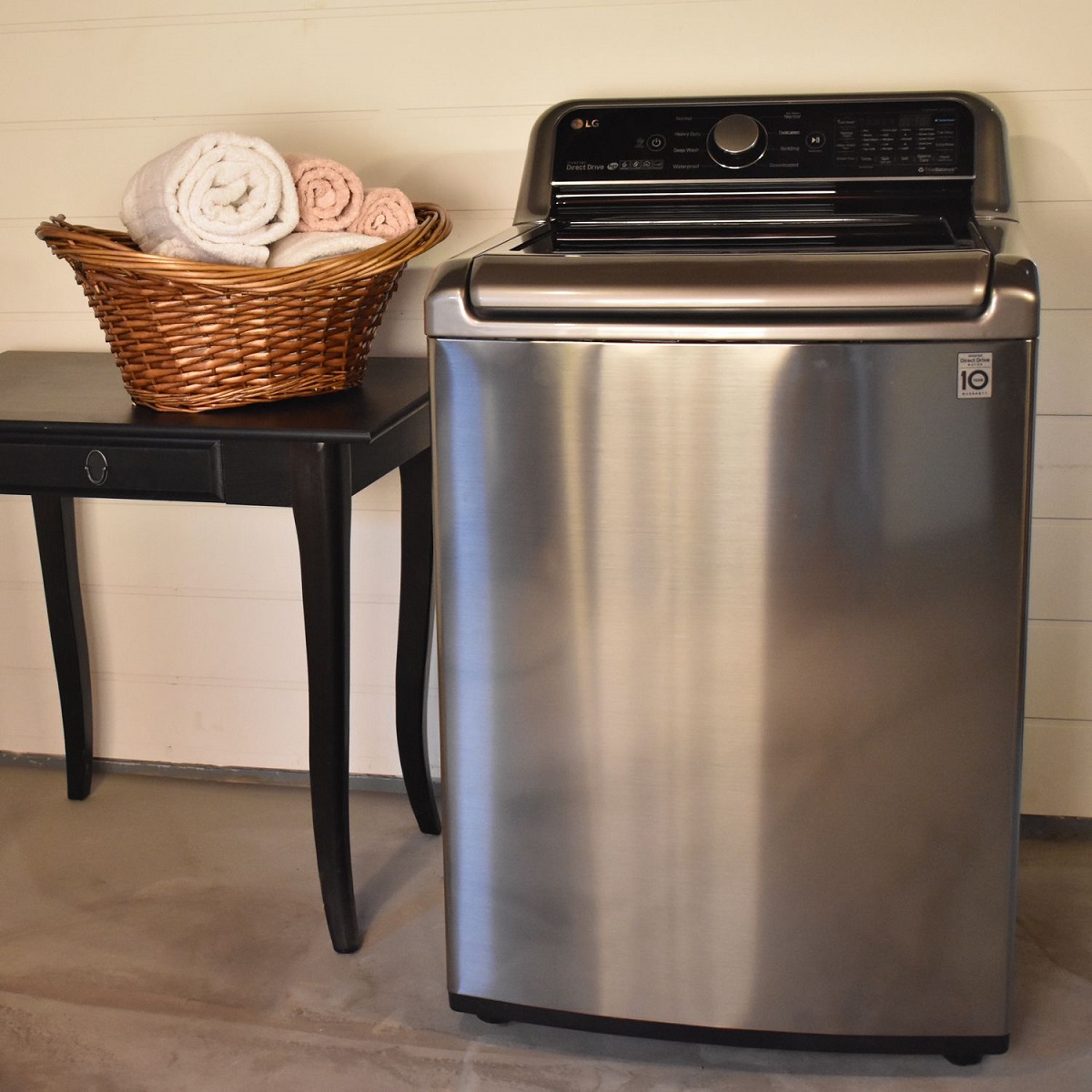



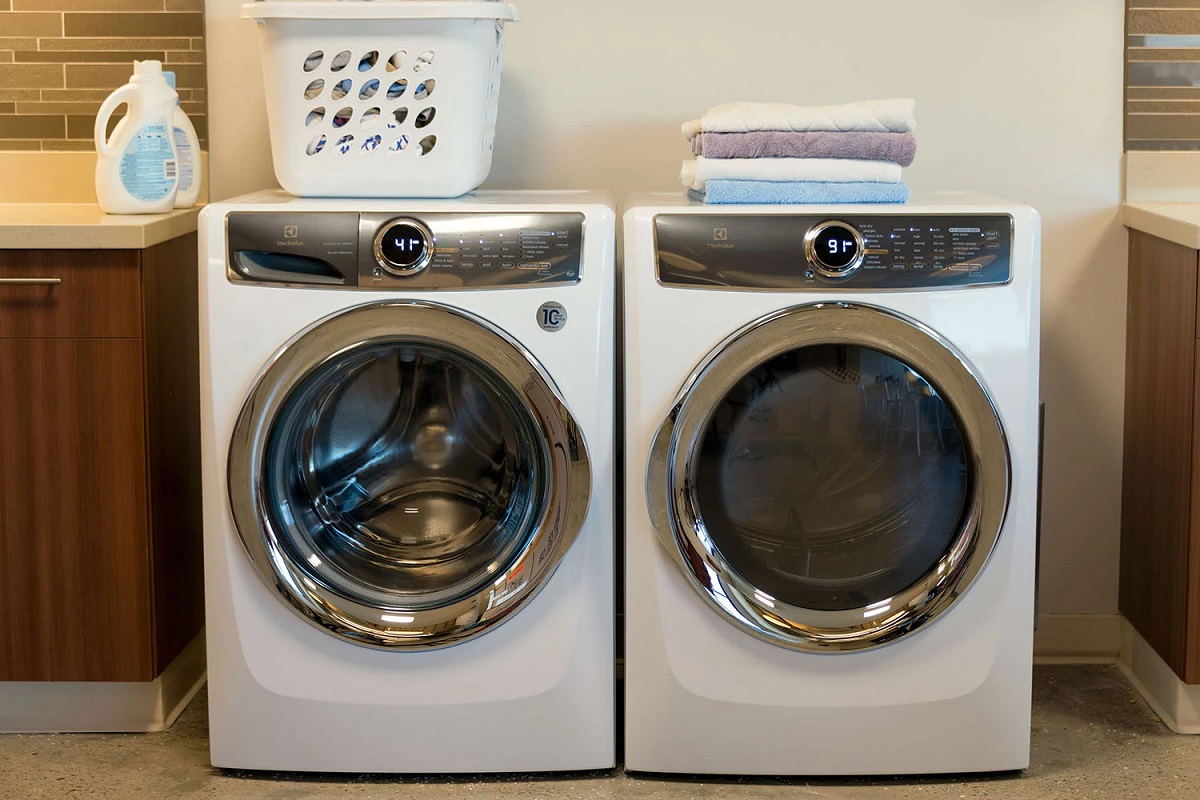
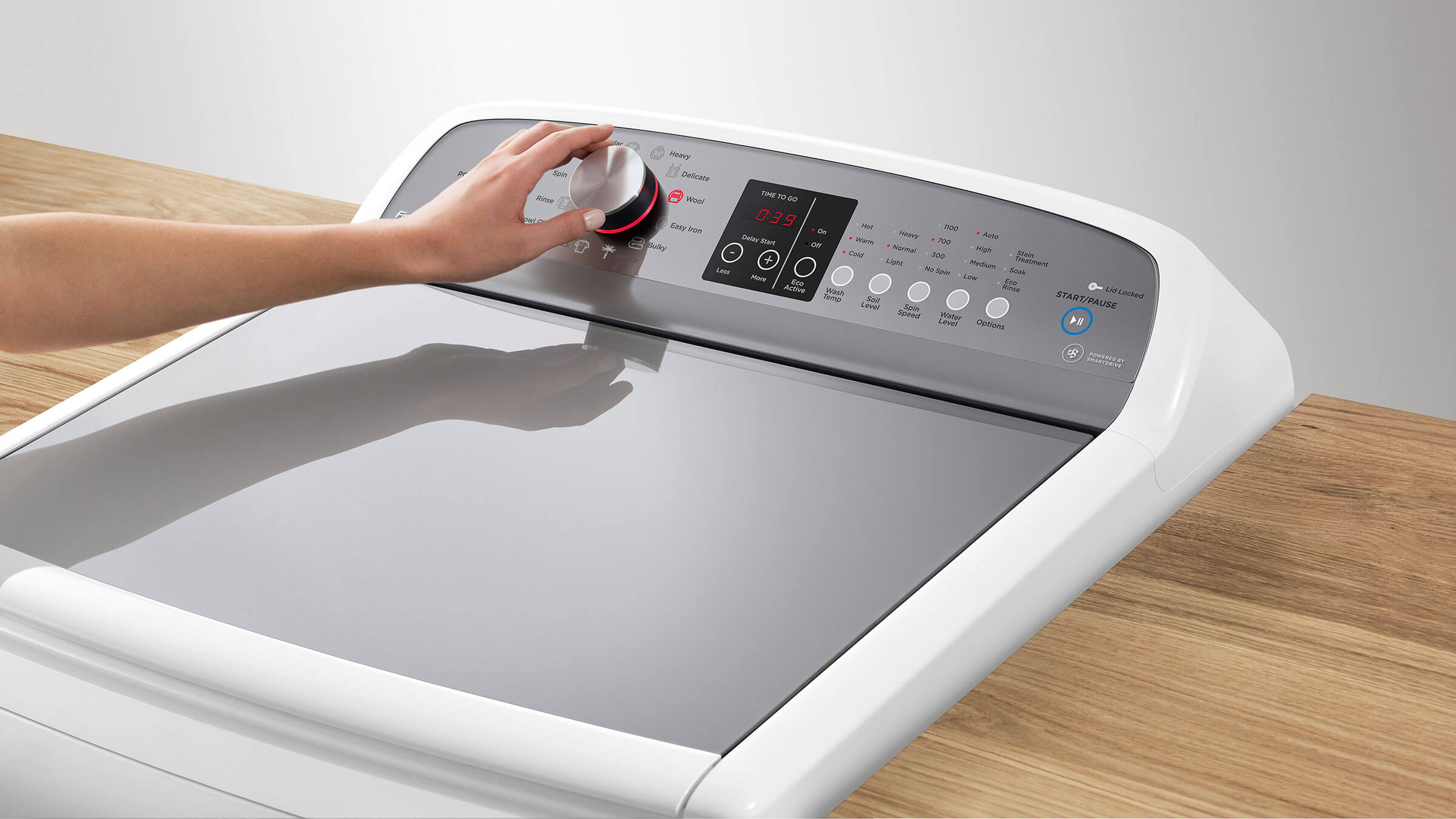



0 thoughts on “How To Load A Washing Machine”